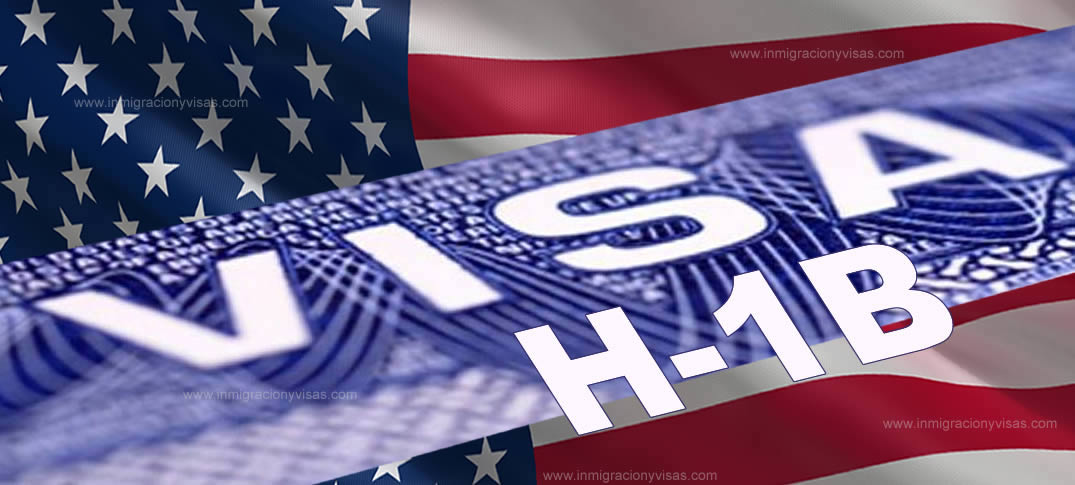El 1 de octubre de 2020, un tribunal de distrito federal en la Asociación Nacional de Fabricantes contra el Departamento de Seguridad Nacional (NAM) ordenó al gobierno hacer cumplir la sección 2 de la Proclamación Presidencial (PP) 10052 contra los demandantes nombrados y los miembros de las asociaciones de demandantes.
Los demandantes nombrados incluyen:
- La Asociación Nacional de Fabricantes
- La Cámara de Comercio de Estados Unidos
- La Federación Nacional de Minoristas
- TechNet
- Intrax, Inc.
Por lo tanto, cualquier solicitante J-1, H-1B, H-2B o L-1 que es patrocinado (como visitante de intercambio) por, o solicitado por, o cuyo peticionario es miembro de una de las organizaciones mencionadas anteriormente ya no está sujeto a las restricciones de entrada de proclamación presidencial 10052.
Recordemos que las categorías de visa de esta proclamación presidencial son...
Continúe leyendo en https://www.inmigracionyvisas.com/a4956-reactivan-emision-de-visas-de-trabajo.html






